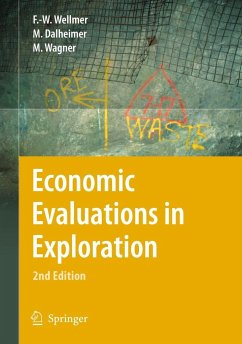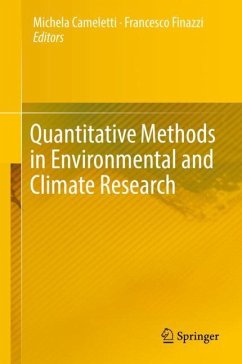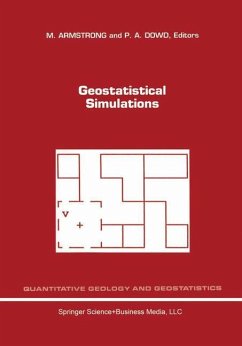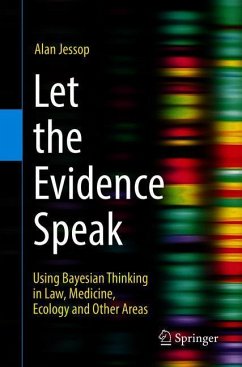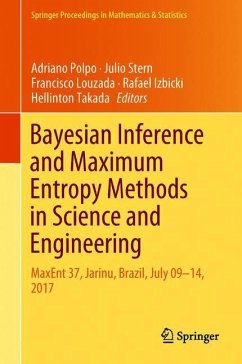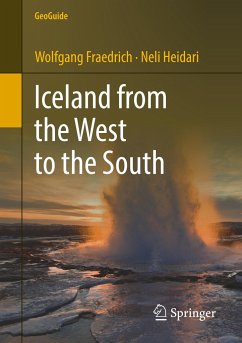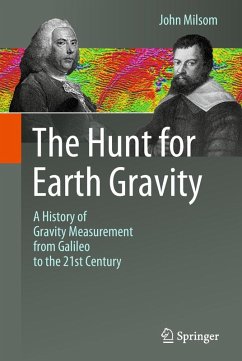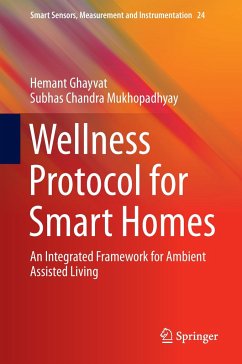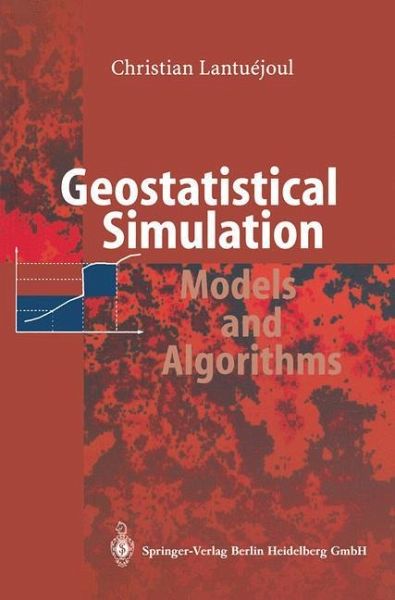
Geostatistical Simulation
Models and Algorithms
Versandkostenfrei!
Versandfertig in 6-10 Tagen
76,99 €
inkl. MwSt.
Weitere Ausgaben:

PAYBACK Punkte
38 °P sammeln!
1. 1 Simulation versus estimation The following problem was raised by Alfaro (1979). A submarine cable has to be laid across the straits of Gibraltar. How can its length be predicted if the depth of the sea floor has been measured sparsely along its trajectory? Fig. 1. 1. Part of the actual trajectory and sample data points An exact determination of the length requires knowledge of the depth at each point of the trajectory. But these are mostly unknown. In a geostatistical set ting, they are considered as random and can be estimated by linear regression starting from the available data points....
1. 1 Simulation versus estimation The following problem was raised by Alfaro (1979). A submarine cable has to be laid across the straits of Gibraltar. How can its length be predicted if the depth of the sea floor has been measured sparsely along its trajectory? Fig. 1. 1. Part of the actual trajectory and sample data points An exact determination of the length requires knowledge of the depth at each point of the trajectory. But these are mostly unknown. In a geostatistical set ting, they are considered as random and can be estimated by linear regression starting from the available data points. This suggests estimating the actual length as the length of the estimated trajectory. The results turn out to be disappointing. The length of the trajectory is seriously underestimated (see Figure 1. 2). Clearly, the estimated trajectory is much smoother than the actual one. Fig. 1. 2. Part of the actual trajectory and its estimate from linear regression. In this particular example, the estimated trajectory is piecewise linear because the linear regression has been carried out using an exponential covariance function 2 1. Introduction What is really questionable in this procedure is not the construction of an estimator for the length starting from the depth estimator, but the depth estimator itself. Linear regression estimation requires only the mean and the covariance function. But the covariance function does not tell us much about the length of the trajectories. Figure 1.



